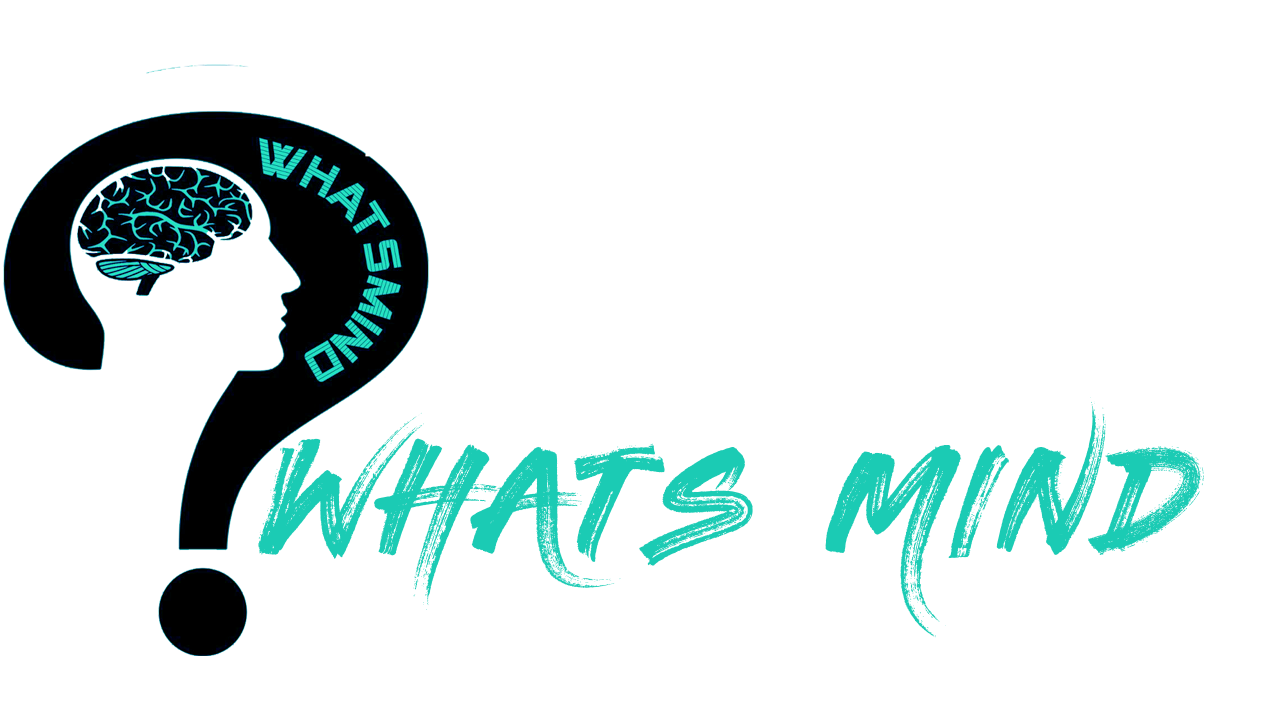Art Of Communication: 8 Secrets Of a Successful Communication

The art of Communication is considered an indispensable skill in a person’s life. Since birth, we have started to learn the first thing which is communication. Although we don’t speak at that time, our poster, gestures, and smiles also include communication.
Although we don’t speak at that time, our posture, gestures, and smiles are means of communicating with others.
There is no denying that the Art of Communication is the need of the hour in every field of life. The term communication comes from the word “Commune” which means “To Share”.
If we talk about the art of Communication then not only does it include sharing ideas, but also conveying the feelings to the listener through communication.
Communication is an emphatic process; it works in a chain. Let me clarify it by saying if you talk positively then ultimately it has confirmatory effects on your life and vice versa.
Communication is not all about words; it comprises voice pitch, tone, style, volume, the feelings of the speaker, the message you want to convey, the choice of, eye contact, posture, face position, expressions, and body language. These all aspects are included in the Art of Communication.
Moreover, in this article, I’ll unfold the topic of how to be an effective communicator. What are some difficulties and how to overcome them? You can try them with anyone and everyone to communicate your ideas effectively. Furthermore, I’ll also cap certain things that you need to lead an effective conversation.
Table of Contents
CAN WE CLASSIFY THE ART OF COMMUNICATION?
Communication can be done in 4 ways; Reading, Writing, Listening, and Speaking. These ways are categorized into 2 primary terms which are mentioned below:
VERBAL COMMUNICATION:
As the name suggests, it’s a type of communication that includes speaking and writing to convey a message. Whether it’s writing on paper or chatting, and calling your friend through a smartphone or in person, it’s a form of verbal communication.
NON-VERBAL COMMUNICATION:
If we talk about non-verbal communication, then is it valuable to say that conservation between two or more people using body language, postures, gestures, and eye contact is nonverbal communication.
Non-verbal communication helps to build a strong relationship between two individuals. Usually, people use this way of communication when they have to greet someone they are sitting apart from. This is a conscious and sometimes, unconscious way of expressing feelings and emotions.
Both sorts of communication have their uniqueness, but non-verbal communication overcomes verbal communication in corporate settings. But, sometimes it creates problems when one of the participants doesn’t comprehend the appropriate signal of the other person.
PROBLEMS IN THE ART OF COMMUNICATION:

Regarding the domain of problems in the art of communication, several aspects affect it. These obstacles can be physical or non-physical. Furthermore, misunderstanding between the listener and speaker can also lead to hurdles in sound communication.
To mention all the perplexities, let me begin by talking about:
- Weak Bond of Listener with the Speaker:
In the art of communication, the most devastating point that does not support sound communication is when a listener is lost in his world of imagination rather than paying attention to the speaker’s words. Ultimately, it demotivates the speaker and makes him insecure. Sometimes, I lose the entire confidence thinking that I am not doing well and I can’t make others attentive to my point.
For instance, In school and colleges, presentation is a vital part of boosting self-confidence. But, due to the non-serious attitude of the class, an active speaker can get insecure about his public speaking skills.
- Unusual questions:
In the art of communication, listeners play a dominant and prominent role. Their active participation uplifts the speaker’s spirit. On the flip side, if one keeps on questioning for no reason then it creates an unusual break in speech, which interrupts the flow of the conversation.
For instance, imagine you are sitting in a company of 4 to 5 people and one of them is speaking. At the same time, if someone asks a question, people start discussing something else rather than listening to him. It will puzzle the speaker and might become a barrier to completing his point.
- Off to the topic questions:
Here comes another reason that destroys healthy communication. At the end of every debate, there is a question-answer session, in which the audience is allowed to question openly.
Unfortunately, some people who are part of the audience ask questions off-topic. The speaker can feel anxious and discouraged. It can ruin the whole conversation. It is also natural to have some folks in the audience who just want to ask questions without understanding the live topic.
- Shouting:
Shouting is also another awkwardness in the way of the art of communication. Sometimes, it happens that in the conversation. People aren’t eager to listen to a certain person or just have the mood to make some mischief, they start laughing loudly, making voices, or shouting. Before listening to the absolute point of the speaker, they start shouting like they want to dominate people without any desire to know the entire facts and figures.
Eventually, it disturbs the speaker too much. Sooner or later, they end the out-and-out chat because the speaker doesn’t feel comfortable in the environment. In the end, the focal point is this if you want to comment, arrange your words, and speak in a polite way that doesn’t disturb other people or the speaker’s flow.
- Not paying attention:
Sometimes the speaker tries to engage the audience by involving them in various activities, games, tricky questions, or morale-boosting activities, however, he doesn’t get the same energy or response from the audience. It can be discouraging, but a professional speaker doesn’t spoil his energy and tries his best to engage the audience until the end.
Difficult language:
We all have experienced several public seminars and speeches. You might have observed that certain professors or lecturers use very technical language which becomes tough for the audience to understand, and you had difficulty in grasping their idea.
Such speakers try to impress folks with linguistic skills but lack in discerning their point to the audience effectively. Hence, you should use easy language so that everyone can understand the message with ease.
HOW TO IMPROVE THE ART OF COMMUNICATION:

- Body Language:
First and Foremost, body language is part and parcel of the art of communication. Precise body language fills a body with animation. Thus, you get self-confidence which assists in meaningful postures and gestures. Unfortunately, in our institutes, body language is not considered as important. Thousands of students lack this aspect during their careers.
If you want to improve any area of your life, then the best tool is to keep it under observation. There are other ways too to enhance body language which are:
- Mirror Speaking:
Mirror speaking is one of the best tools to enrich yourself with a powerbomb of confidence. Stand in front of the mirror and self-talk will help you to exceed your self-assurance. Posture and gestures will also be noted at that time and you’ll be able to guide yourself appropriately.
- NLC (Neuro-Linguistic Programming):
You might have noticed that after watching a movie, you start acting or speaking like your favorite character. Likewise, if you have a favorite teacher, you start copying his postures and words into your speech patterns. Therefore, you can observe others and learn from them how to communicate decently.
- Clear Message:
A clear message to your audience is the most powerful weapon. Make sure that you have a coherent, concise, complete, clear, and correct message. A systematic speech is better than inherent outbursts of thoughts. It’s easier to understand and generates a positive response from the audience as well.
- Feelings in the words:
Whatever your feelings are, your body must reflect them. Your body from head to foot must be the story itself for the art of communication. If you are speaking from the depth of your heart, your message will be in the heart of people. Moreover, if You are speaking just from your mouth then your message will be just in the ear of people.
- To the point:
When you are conveying your message. Your message must reflect the point. Sometimes it happens that the audience gets bored when you are speaking continuously for a long while. To get rid of boring speeches, you need to make your point clear through a small speech.
- Observation:
Observation is an integral part of the art of communication. Observing the audience or the listeners is the job of the communicator. You have to stop when the audience starts lagging and energize them. If the audience becomes bored, they will remain inactive. This is the cue to end the lecture.
- Active Listening:
Communication does not mean just speaking, involving listening more than speaking in non-verbal communication.
On the other hand, it also includes reading and writing which is covered in verbal communication. In sound communication, face chemistry and body language play 97% of the total role than the mode of language you are using in your conversation.
If you are good at listening, then the chances of being a great speaker increase. When you listen to a person who seems to be good at public speaking, his speech is always coherent and complete.
You must believe in the fact that you are a good listener then ultimately you are a good speaker too.
CONCLUSION:
In a nutshell, the art of communication is the power of a person trying to make people understand his message easily. Having a good command of multiple speech parameters, and communication strategies paves the way for your success. Your first impression is your body language and the way you interact with others. This is what makes you unique in the globe of approximately 8 billion.
More that you may like to read…
- Ultimate Best Guide on How to Write a Senior Thesis?
- Tips for Balancing Home and School as an Online College Student
- How to Join My Quiz.com Show and Earn Prizes?
For more info visit Whatsmind.com




